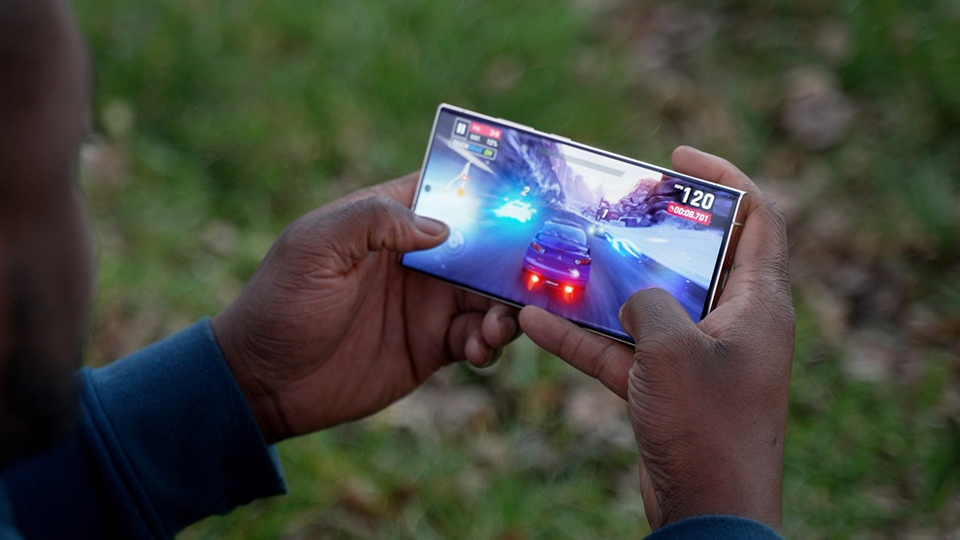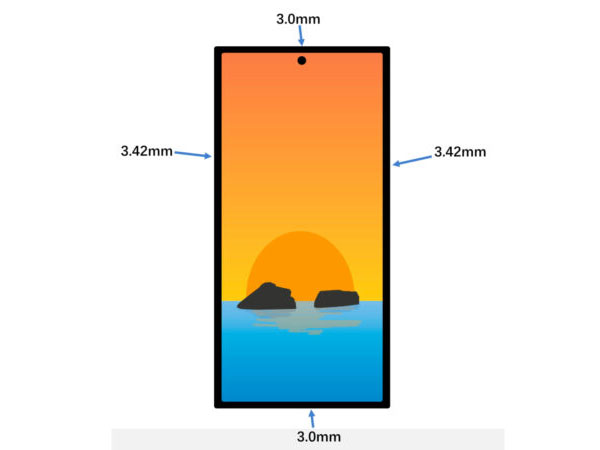Many rumors about the Galaxy S24 series in general and the Ultra version in particular have appeared continuously recently. While the Galaxy S24 and Galaxy S24 Plus are said to have thinner and more power-efficient screen borders, the Galaxy S24 Ultra also has many changes, from materials, and overall design to the screen.

Previous leaks suggested that the Galaxy S24 Ultra will have a titanium alloy frame, which is more durable than the aluminum frame the company is using for most of its high-end phones. Recently, the famous information leaker Ice Universe said that this phone has a flat-screen design, different from the curved screen on the left and right edges in previous generations. Using a flat screen can make it easier for users to use the S Pen, or stick to a better screen protector.
Also according to the source, the Galaxy S24 Ultra will have dimensions of 162.3 x 79 x 8.6mm, thinner and shorter than the Galaxy S23 Ultra. The width of the device is also larger, which can make the bezels on either side of the screen thicker, like the image below. Of course, this is just a guess, and the fact that Samsung made such a border seems unreasonable for a high-end Ultra device.

In addition, the itnyang account on social network X (formerly Twitter) claims that the Galaxy S24 Ultra will have a screen that reaches a maximum brightness of up to 2,200 nits. The source said Samsung is testing Galaxy S24 Ultra prototypes with screen brightness reaching 2,500 nits and even 2,800 nits, but the company may not use these panels due to their high power consumption and brightness. Screen brightness too high is also not really necessary in practice.
The Galaxy S24 Ultra can use an OLED panel with the new M13 material, which increases the maximum screen brightness to 2,500 nits. This is also the panel expected to be equipped on Apple iPhone 15 Pro and OPPO Find X6 Pro. Although the screen of the OPPO Find X6 Pro reaches a maximum brightness of 2,500 nits (iPhone 15 Pro Max is 2,000 nits), Samsung can limit it to 2,200 nits to optimize battery life.
 SamFw
SamFw

